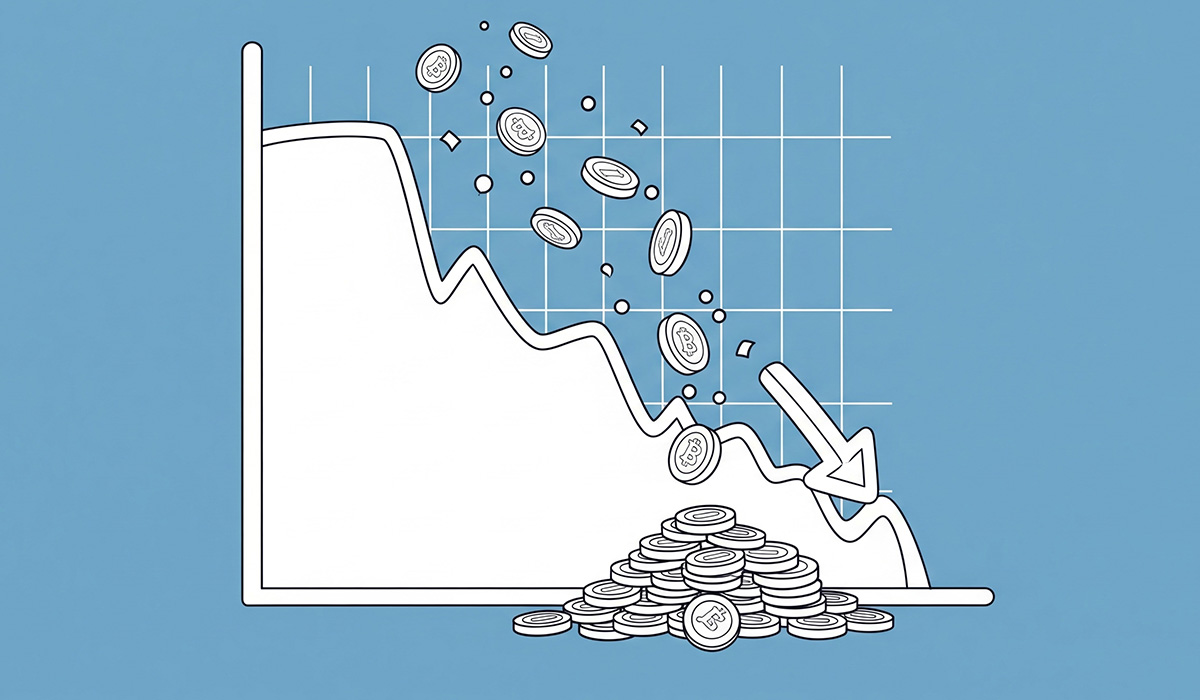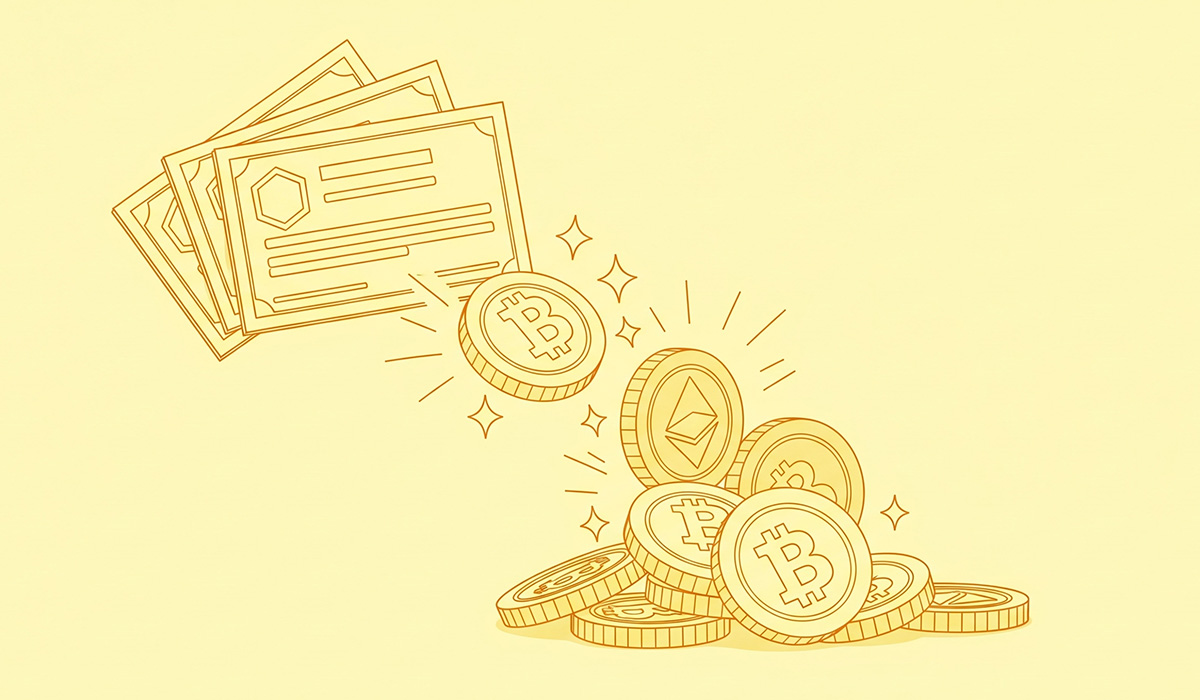In a crypto market flooded with over 20,000 projects (and counting), it is easy to get caught up in the excitement of chasing the next 100x gem. However, experience has taught me that many of these projects are simply pumps and dumps.
This guide cuts through the hype, teaching you the crucial red flags to spot shady crypto projects and navigate this volatile market safely as a beginner.
What is a Pump and Dump?
A “pump and dump” is a manipulative scheme where promoters falsely jack up the price of a cryptocurrency and quickly sell it off once its value increases. These fraudulent actors cash out and leave unsuspecting victims with worthless tokens.
For illustrative purposes, let’s create a fictitious token called DOOR. We mint 10 million DOOR tokens out of thin air and sell the idea that DOOR gives you exclusive access to top celebrities.
At mint, we peg the price of DOOR at say $3 each, meaning the market capitalization of DOOR is $30 million (price * total number of tokens).
Next, we spend heavily on influencers and a few celebrities to make the lie believable. Chances are that people will buy into the hype, forcing the price of DOOR tokens to go up. But what they don’t know is that DOOR has absolutely no utility or backdoor connections, and the team holds 5 million tokens.
Now, imagine the price of DOOR skyrockets to $30 per token. This translates into $150 million for the team. In a pump-and-dump scheme, the team would exit the market at this high price, and in many cases, go as far as deleting their social media handles.
5 Red Flags to Watch Out For
1. Overhyped Promises and Unrealistic Returns
Be extremely cautious of projects that promise guaranteed, sky-high returns in a short period. Cryptocurrency investments, like any other, carry inherent risks, and legitimate projects will rarely, if ever, make such definitive claims. Shills often use grandiose language to create a sense of urgency and convince potential investors that they are missing out on a once-in-a-lifetime opportunity.
2. Anonymous or Unverifiable Teams
A lack of transparency regarding the project's development team is a major red flag. While some anonymity can be common in the decentralized crypto space, a completely unknown team with no verifiable track record or online presence should raise immediate suspicion. Legitimate projects typically have a public team with clear roles, experience, and a commitment to their vision.
3. Influencer Spam and Undisclosed Promotions
The cryptocurrency space is rife with influencers, but not all promotions are ethical. If you see the same project being relentlessly promoted across multiple social media platforms, often by various influencers, be wary. This is especially true if these promotions lack disclosure about whether they are paid advertisements. Undisclosed promotions can have legal consequences for both the shiller and the project.
4. Absence of a Real Product, Roadmap, or Utility
A truly promising cryptocurrency project will have a clear whitepaper, a defined roadmap outlining its development plans, and a tangible use case or utility for its token. If a project is being heavily promoted but lacks a functional product, a clear development path, or a genuine problem it aims to solve, it's likely built on hype rather than substance. Focus on projects that offer real-world value or innovative technological solutions.
5. Pressure Tactics and Fear of Missing Out (FOMO)
Pumps and dumps often employ psychological tactics to pressure individuals into investing quickly, creating a fear of missing out (FOMO). This can manifest as urgent calls to action, limited-time offers, or claims that the price is about to skyrocket. Always remember that investment decisions should be based on thorough research and a clear understanding of the project, not emotional reactions driven by artificial urgency.
Remember, if it looks like a duck, walks like a duck, and quacks like a duck, it is most likely a duck.
Staying Safe
1. Trust No One, Verify Everything (DYOR)
Your most powerful tool is to “Do Your Own Research (DYOR).” Don't just follow the crowd or listen to the hype. Dive deep into the project's whitepaper, scrutinize its on-chain data, and check their GitHub activity. Understand their technology and actual purpose. If the data doesn't back up the claims, walk away.
2. Vet the Team — Transparency is Key
A legitimate crypto project should have a transparent and credible team. If the developers are anonymous, have no professional profiles (like LinkedIn), or their past projects are shrouded in mystery, that's a massive red flag. Always verify their experience and track record.
3. Demand Real Utility, Not Just Promises
Does the project solve a real-world problem? A genuine project needs a working product or solution, not just vague promises and endless "coming soon" stages. If it lacks clear, tangible utility, it's likely built on hot air.
4. Ignore the Influencers
Sudden social media trends and aggressive promotions are often the hallmarks of a shilling campaign. Don't let FOMO (Fear Of Missing Out) cloud your judgment. Be skeptical of influencers, especially those with huge followings; they're often paid to promote tokens without disclosing their incentives. Always cross-check information with independent sources.
Did you know Kim Kardashian was fined $1.26 million by the SEC in 2022 for promoting EthereumMax without revealing she received a $250,000 payment?
5. Spot the Pump-and-Dump Playbook
Watch out for sudden, unexplained price spikes followed by rapid crashes. These are classic pump-and-dump schemes where insiders artificially inflate a token's value and then sell off, leaving late investors holding worthless bags. Monitor price trends closely and be wary of anything that seems too good to be true.




